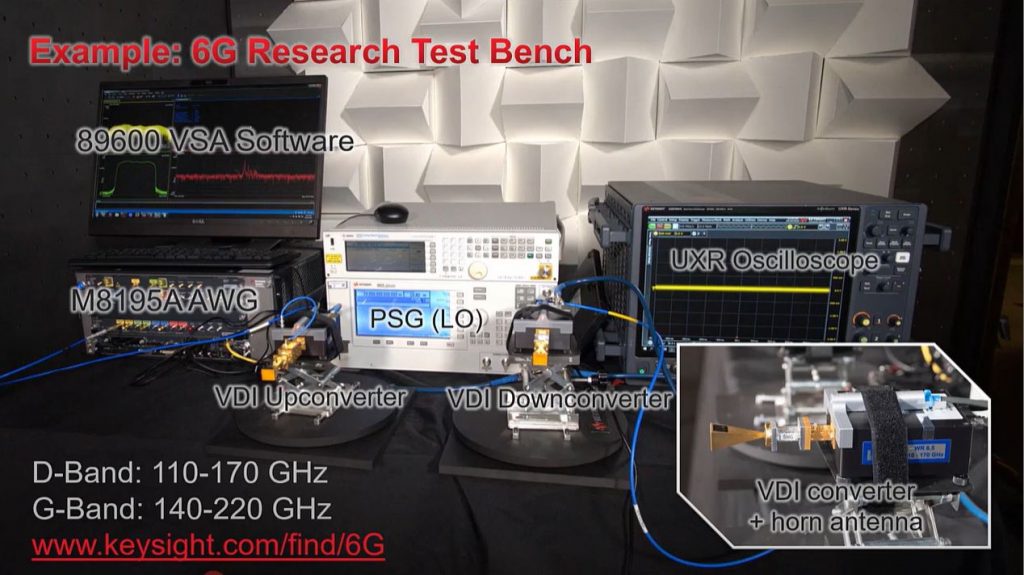While the world is still focusing on expanding 5G coverage as an enabler for enterprise transformation, work has already begun for 6G which is expected to be rolled out sometime in 2030. As expected, the next generation of mobile technology promises to deliver even faster speeds up to 100x than 5G, lower latency and increased capacity to support even more connected devices.
Several institutes have started testing with terahertz frequency bands which could set the stage for early 6G development. Last week, the Second Research Institute of China Aerospace Science and Industry Co (CASIC) claimed to make a 6G technology breakthrough by achieving 100Gbps wireless transmission on a 10GHz bandwidth using wireless backhaul technology.

Meanwhile, in the United Kingdom, Keysight in collaboration with the National Physical Laboratory (NPL) and the University of Surrey, has successfully established its first 6G connection with speeds greater than 100Gbps over a sub-THz frequency. The demo was made possible at a frequency of 300GHz using both 32 and 64 quadrature amplitude modulation (QAM) on Keysight’s 6G Sub-Terahertz R&D testbed.
Similar to 5G’s mmWave, which uses 26/28GHz bands in Malaysia, a higher frequency can provide greater bandwidth but it also means a higher loss of signal transmission. This means an even higher density of base stations will be required to provide decent coverage at THz frequency. While 6G promises to provide blazing speeds of up to 1Tbps, the reality is that most 6G devices would likely be reliant on low and mid bands for the best balance of coverage and performance. You can expect the existing spectrum currently used for 5G to be repurposed for 6G in the future.
Recently, Ericsson together with Digital Nasional Berhad (DNB) claims to set a new world record of delivering 1Gbps downlink over a distance of 11.18km from a mmWave antenna in Butterworth in Penang to a point off the island. This was achieved as part of their 28GHz 5G mmWave trial and it was a showcase of Ericsson’s Extended-Range software to deliver cost-effective and high-quality internet connectivity solutions via Fixed Wireless Access.
0 comments :
Post a Comment